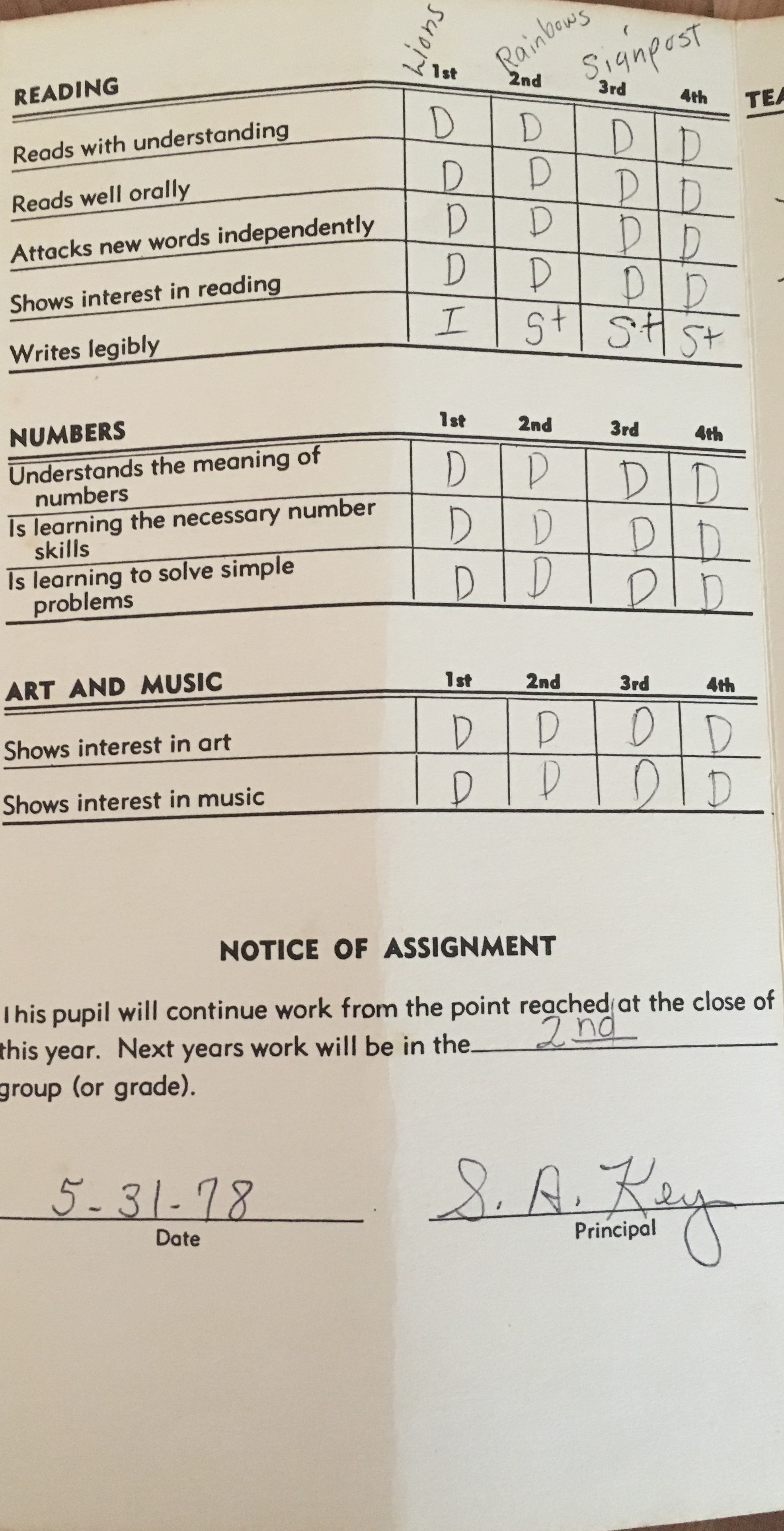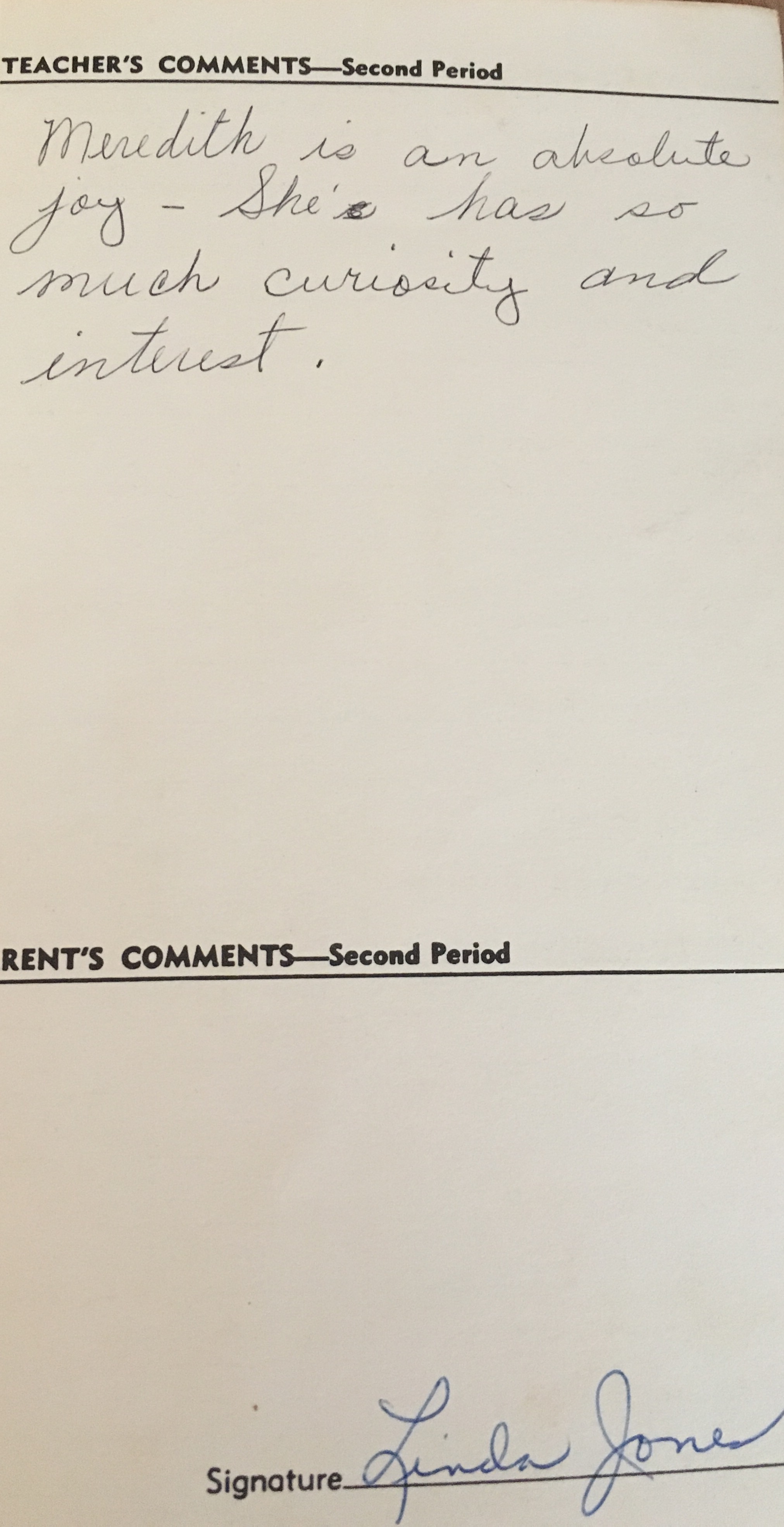Yeah...so that happened...
Last August, I took my blog readers on a brief tour of my even briefer online dating struggles in an effort to prove that the behavioral bias WYSIATI (“what you see is all there is”) strikes indiscriminately, whether you’re a hedge fund investor or a hapless single gal. In case you missed that treasure trove of self-deprecation and BiFi, you can revisit it at http://www.aboutmjones.com/mjblog/2016/8/16/thank-god-what-you-see-isnt-all-there-is.
Since then, with the help of meditation, more than a few margaritas and some PTSD therapy, I have managed to put my online dating adventures behind me.
At least until this week, when I suddenly had an Apocalypse Now style flashback courtesy of an overly persistent investment marketer.
You see, during the roughly six weeks that I looked for love in the wrong online places, I attracted only three types of men: those who liked to hunt and kill things for sport (with pictures), those that liked to dress up and reenact the Civil War (also with pictures) and those that were old enough to be my dad. I won’t lie, sometimes I was lucky enough to find all three in one stunning candidate, but mostly they came in one flavor or another.
Surprisingly, the hunters weren’t the most persistent. Nor were the Civil War reenactors, who were, after all, really used to losing by now. Nope, it was the Very Old Dudes (VOD) that were the absolute worst when it came to tenacity.
The encounters were remarkably similar. I’d get a message that announced, usually without preamble, that
“I know you think I’m too old for you but you’re wrong. Love VOD”
After verifying that said gentleman had been eligible for AARP for roughly half of my not-insignificant lifespan, I would click ignore and move on. Inevitably, I would get a second email.
“I’m still not too old for you. XOXO VOD”
Why yes, sir, in fact you are. Delete.
And finally –
“You should know that everyone thinks I’m very young for my age. #VOD”
After I deleted my Match.com account, I rested comfortably in the knowledge that I could avoid more of these types of sales pitches in the future. Until last week. When an investment sales rep used the exact same shtick.
“Hi! I got your name from [the Match.com of investors, evidently]. You don’t know me, but I thought you might be interested in this investing opportunity that is completely out of left field.”
I was traveling so I ignored the email for a few days, only to get a voice mail.
“Oh hi! I sent you an email about this very random investment opportunity a few days ago. Call me back so we can chat about it.”
Because I generally try to respond to all investment inquiries, save those from Nigerian princes, I reviewed the material (briefly) and emailed the gentleman back to politely let him know it wasn’t for me. His response?
“May I ask why you’re not interested? It’s a great opportunity.”
Ugh, I thought, this is what I get for being nice. I wrote back a two-sentence email about why I wasn’t interested.
“I’m sorry, but I don’t have a positive forward view on this sector and I am a fund investor not a direct investor, generally speaking. Good luck again with your efforts.”
Of course, I thought that was that. But I was wrong.
What came next was a flurry of information about why my view of the investment opportunity was wrong, any doubts I had about the viability of the sector going forward were likewise incorrect, and how everyone thought this was a great investment opportunity.
My response? Well, I didn’t write one, because at that point I just blocked said marketer, but seriously?!? Does that sales pitch ever work? Do you get anywhere with people by telling them they’re wrong, deluded or just plain silly to not think the same way you do? Oh, and if everyone thinks it’s a great investment, why do you need to badger me, Sparky?
You may think this particular sales pitch is unique, but it happens more often than you realize. I probably have at least two or three conversations with fund marketers along these lines each year, and a larger number that are more subtle, but essentially from the same playbook. Yep, it’s a veritable treasure trove of email exchanges, phone calls or meetings where someone I don’t know’s passion for the investment strategy and certainty of its success is supposed to overcome any logical objection or lack of interest on my part.
It. Never. Works.
There has never been a moment when, on the spur of the moment, I’ve exclaimed “Gee willikers! You’re so right! How could I not have seen how wonderful this opportunity is before now! You’re so smart and patient (not to mention handsome – Oops! that’s online dating world flashback again…) to take time to school me on this. Let me send you a wire RIGHT NOW.”
This is not to say I’ve never changed my mind about a fund, but it has literally never been a “Road to Damascus” moment. There is often a catalyst or a period of prolonged and thoughtful study/review that leads me to reverse course.
In fact, the more someone discounts a reasoned opinion, the more intractable I become. And it sometimes, as in the case last week, can even lead to the capital raising penalty box – aka my junk mail folder.
So to all you fund marketers out there, and managers who pull marketing double-duty, take a moment to think through your last several pitches. How did you handle questions, objections and strategy pushback? Did you slow your roll or attempt to “sell” the idea anyway? If you pushed for the sale, you may find yourself without a date to the AUM dance. Everyone wants to know that they’re heard. By not picking up what an investor is putting down, you’re telling them, either in as many words or more subtly, that what they think doesn’t count - only what you think matters. Taking a step back, and a more educational and collegial tone, may take longer, but it can yield more fruit in the end.
And fund managers, to the extent that you rely on others to do your capital raising and marketing, take a moment every now and again to listen to your marketer’s pitch. Make sure it’s how you want your fund and your personal brand represented, so your personal assets don’t get too lonely in your fund.




























